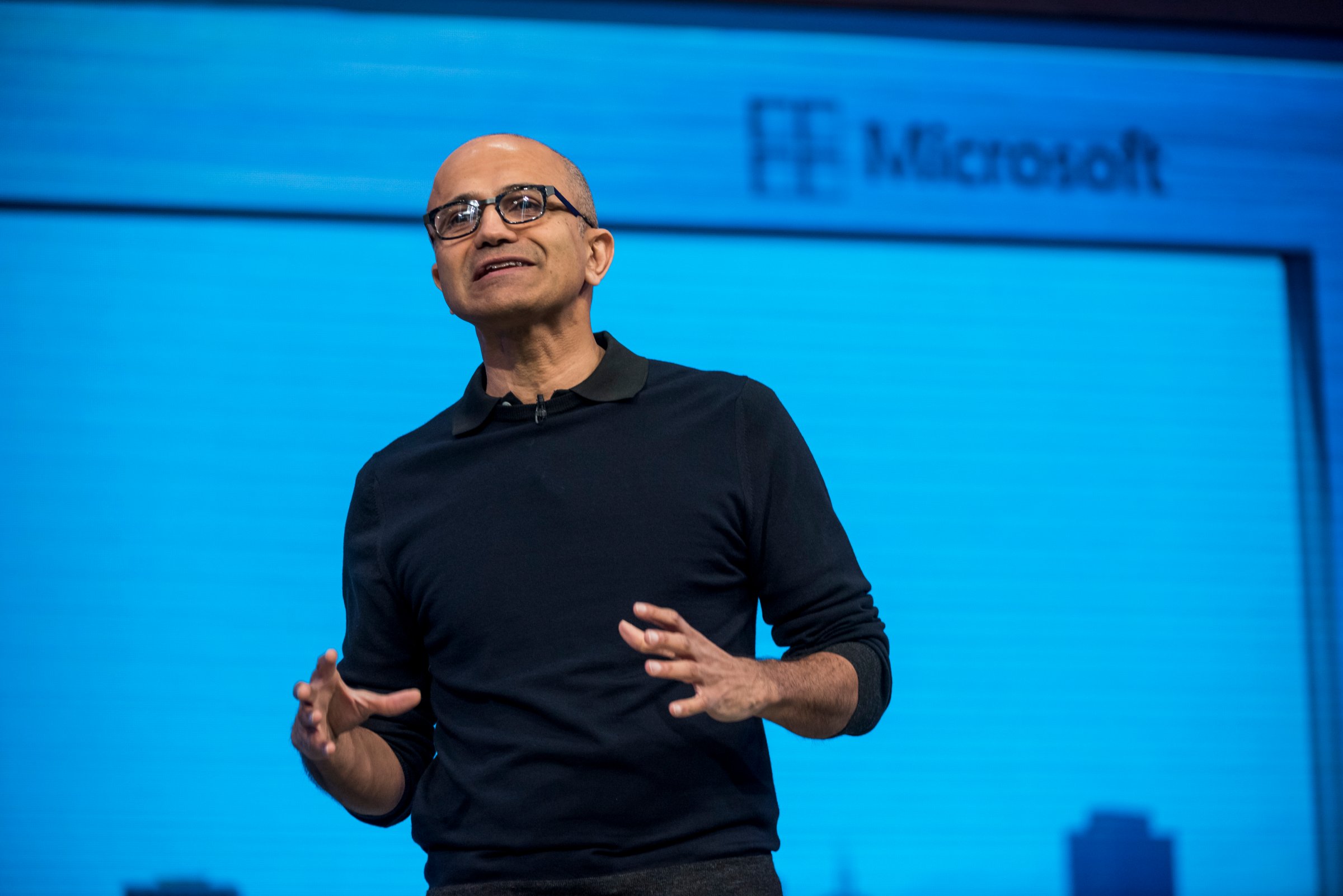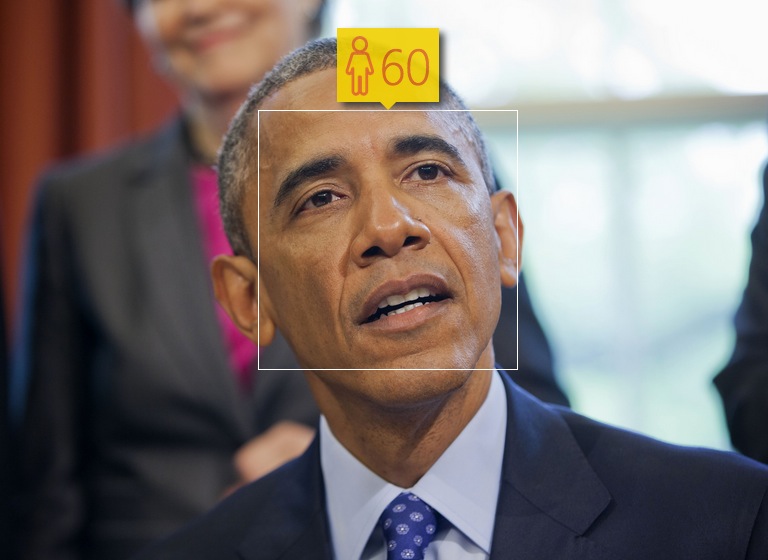
Remember Borg Microsoft, the bullying juggernaut that ruled the software industry with an iron fist? The Microsoft of 2015 has strayed so far from that original incarnation it might as well be called bizarro Microsoft.
Gone are the days when Bill Gates and Steve Ballmer mocked Linux or called it a cancer. Or when Ballmer laughed at the iPhone. Or when Ballmer dismissed Android was too hard to use. (A billion Android phones shipped last year.) The new Microsoft has shed its arrogance. These days, it works hard to play well with others.
And the new, more open approach is working. Microsoft’s stock is up 53% in the past two years after a very long season of stagnation. While the stock stumbled earlier this year, it’s up 14% since the company reported earnings on April 23, largely because of growth in its cloud business, such as its Azure computing platform.
Investors, flush from a strong year in tech stocks in 2014, are looking ahead to the end of 2015 and 2016. In some cases, they’re not liking what they see, but Microsoft is persuading more and more shareholders it’s ready to deliver on the cloud-first, mobile-first world that its CEO Satya Nadella has been touting. Unlike Netflix, Spotify or other companies that are thriving on cloud-based services for consumers, Microsoft has focused its cloud efforts in the enterprise market. Nadella said last week Microsoft’s enterprise cloud revenue, including hardware and software, would reach $20 billion a year within three years from about $6 billion now, an audacious goal but one that brought few snickers of disbelief.
MORE Meet the Inventor Behind Tech’s Weirdest New Product
Of course, much of this will come as its clients migrate from legacy products (like Microsoft Office) to cloud-based offerings (like Office 365), so there’s some cannibalization involved. And the shift is a project that Microsoft has been working on for years, thanks to moves made by Ballmer. Ballmer, it seems, was better at building an enterprise business than effectively bashing rivals in consumer tech.
Under Nadella, Microsoft is emerging as one of a handful of big names poised to thrive in the cloud economy alongside Amazon, IBM, and Google. But last week, as the company held its Build developer conference to announce details of Windows 10, Nadella made a pitch for Windows to become a platform where developers from other platforms–iOs, Android, Linux–would not only be welcome, but actively courted.
Windows 10 is designed to build “universal apps,” meaning a single app working on phones, tablets, PCs, consoles like Xbox and even one day a augmented-reality platform like HoloLens. App purchases can easily be billed directly through carriers, simplifying payments to developers. Microsoft also introduced Visual Studio, a free, cross-platform code editor that can write apps for Windows, OS X and Linux.
But the bigger surprise–and, depending on how developers respond, the potential game changer for Windows–is that Microsoft announced Islandwood and Astoria, two middleware projects that allow developers to easily port their existing apps into the Windows platform. Islandwood will let iOS apps work on Windows with a minimum of changes, while Astoria will do the same for Android apps.
In recent years, Microsoft has talked more and more about opening up its software ecosystem to developers working in other platforms, but much of the rhetoric has sounded like lip service. Visual Studio, Islandwood and Astoria moves show that Microsoft is dead serious about doing just that, retooling its offerings to actively reach out to the iOS and Android communities.
MORE Why Microsoft Thinks Your Phone Could Be Your Only Computer
The idea is to make it simple for iOS and Android developers to port their existing apps into Windows. In the mobile world, more apps can mean more users, which in turn gives developers more incentive to work with a particular platform. But the plan comes with risks, such as the possibility that some iOS/Android apps translate into inferior or buggy versions on Windows Mobile. Or that developers may be too busy or indifferent to try.
Microsoft is also doing what it can to upgrade users of Windows 8. Windows 10 will be free for the first year, which could interrupt the way Windows sales are recorded as revenue but has a much bigger draw: consumers and businesses will be more likely to upgrade quickly, giving Windows 10 developers a larger audience early on.
All of this is aimed at making Microsoft a single, unifying platform for developers. In that way, it’s not unlike the original goal Microsoft set out for itself. What’s fundamentally different is how Microsoft aims to reach that goal: not through brute-force coercion, but through creating an open and inviting platform that plays well with others.
In some ways, the open, cross-platform world of software today evolved in direct opposition to Microsoft’s arrogant dominance in the 80s and 90s. Now it must adapt. Nadella’s plan isn’t likely to make Windows dominant in the mobile world right away, but in time it could give it a more equal footing in mobile OS alongside iOS and Android. And that could keep Microsoft’s revenue growing for years.
Read next: Microsoft’s Crazy New Tech Totally Explains Why It Bought Minecraft
See How Presidents Age in the White House, According to Microsoft










More Must-Reads From TIME
- The 100 Most Influential People of 2024
- Coco Gauff Is Playing for Herself Now
- Scenes From Pro-Palestinian Encampments Across U.S. Universities
- 6 Compliments That Land Every Time
- If You're Dating Right Now , You're Brave: Column
- The AI That Could Heal a Divided Internet
- Fallout Is a Brilliant Model for the Future of Video Game Adaptations
- Want Weekly Recs on What to Watch, Read, and More? Sign Up for Worth Your Time
Contact us at letters@time.com